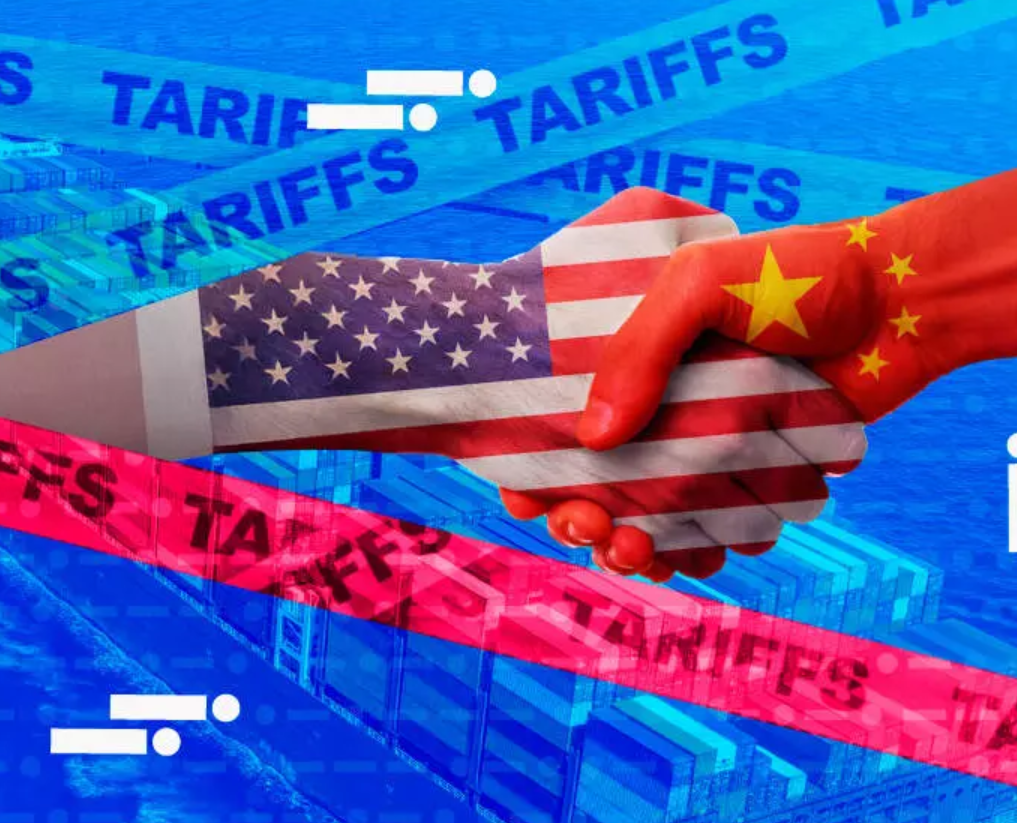- South Korea eyes a potential tariff reprieve as the US and China agree to a temporary 90-day truce, easing trade tensions.
- Recent US-UK and US-China deals suggest Seoul could negotiate its tariff rates down to 10%, but auto exports remain at risk.
- Analysts warn that Trump’s shift toward compromise may be driven by US economic concerns, leaving South Korea’s trade future uncertain.
With the US and China agreeing to a temporary 90-day tariff pause, South Korea finds itself in a brief moment of relief. For months, the escalating trade war between its two biggest trading partners had been squeezing South Korean exports, which fell 6.7% in Q1 2025. Now, with Washington and Beijing dialing back tariffs by 115 percentage points each, Seoul is watching closely, preparing for its own round of trade talks with the US by early July.
Negotiating Room – A Glimpse at US Strategy
For South Korea, the recent US deals with the UK and China are providing some valuable clues. On May 8, Trump agreed to drop tariffs on British cars from 25% to 10%, a move some see as a signal that the US might accept a similar reduction for South Korean goods. “This is being taken to mean that South Korea can also negotiate the reciprocal rate down to 10%,” said Chang Sang-sik, a trade expert at KITA. But the deal with China shows a different story – the US held firm on car tariffs, a potentially bad sign for South Korea’s crucial auto sector.
Uncertain Path Forward – Tariff Relief or Temporary Calm?
Trump’s tone has shifted dramatically in recent weeks, moving from boasting about China’s economic struggles to striking compromise deals.

Analysts suggest the US economy’s own vulnerabilities may have played a role in softening Trump’s stance. “I think time may have been on China’s side,” said Chang. As Seoul gears up for its own negotiations, the question remains: Will South Korea secure a meaningful tariff reduction, or will it be left holding the bag while the US and China sort out their larger issues?














